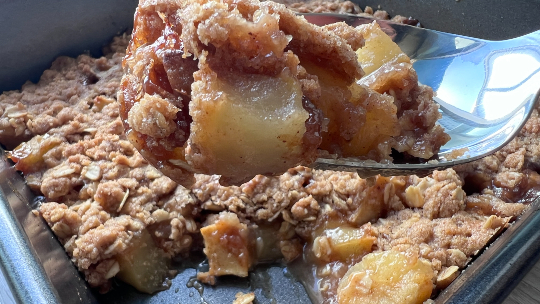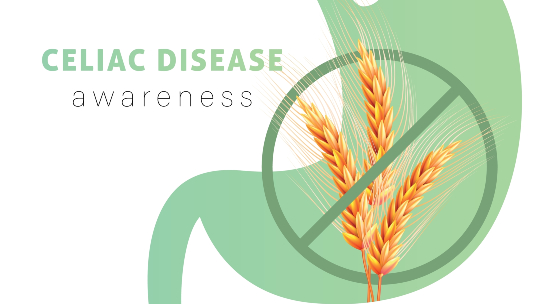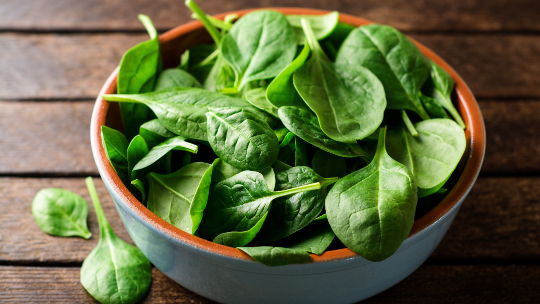Guess where the world’s largest indigenous, native garden is? It’s also the spot where Princess Ruth prayed to the goddess Pele to stop the lava flow of 1881. Did you say the ‘Imiloa Astronomy Center in Hilo, Hawaii? Well, you’re right!
‘Imiloa owns over six acres and we were lucky enough to have Don, an Imiloa ambassador, former science teacher, and Mauna Kea tour guide, show us around the large garden at the entrance of the Center, the largest known native Hawaiian garden. Their garden has over 50 native plants along with “canoe plants,” or plants that have traveled from other nearby Polynesian islands. ‘Imiloa has plants growing that are commonly found in four different regions – seaside (kahakai), plains (kula), wao kanaka (realm of the humans), and wao akua (realm of the gods).
Growing plants that are conducive to our island environment just makes sense. You’ll use less water and resources. You’ll pull from years of growing expertise from Hawaiians that have tried and tested out what grows well in the variety of environments here. But what medicinal or other benefits could you garner by planting some of these native plants? We checked in with Rick Barboza of Hui Ku Maoli Ola and he recommended a few from our tour of Imiloa that you could try.
‘Ohi’a Lehua tree or shrub:
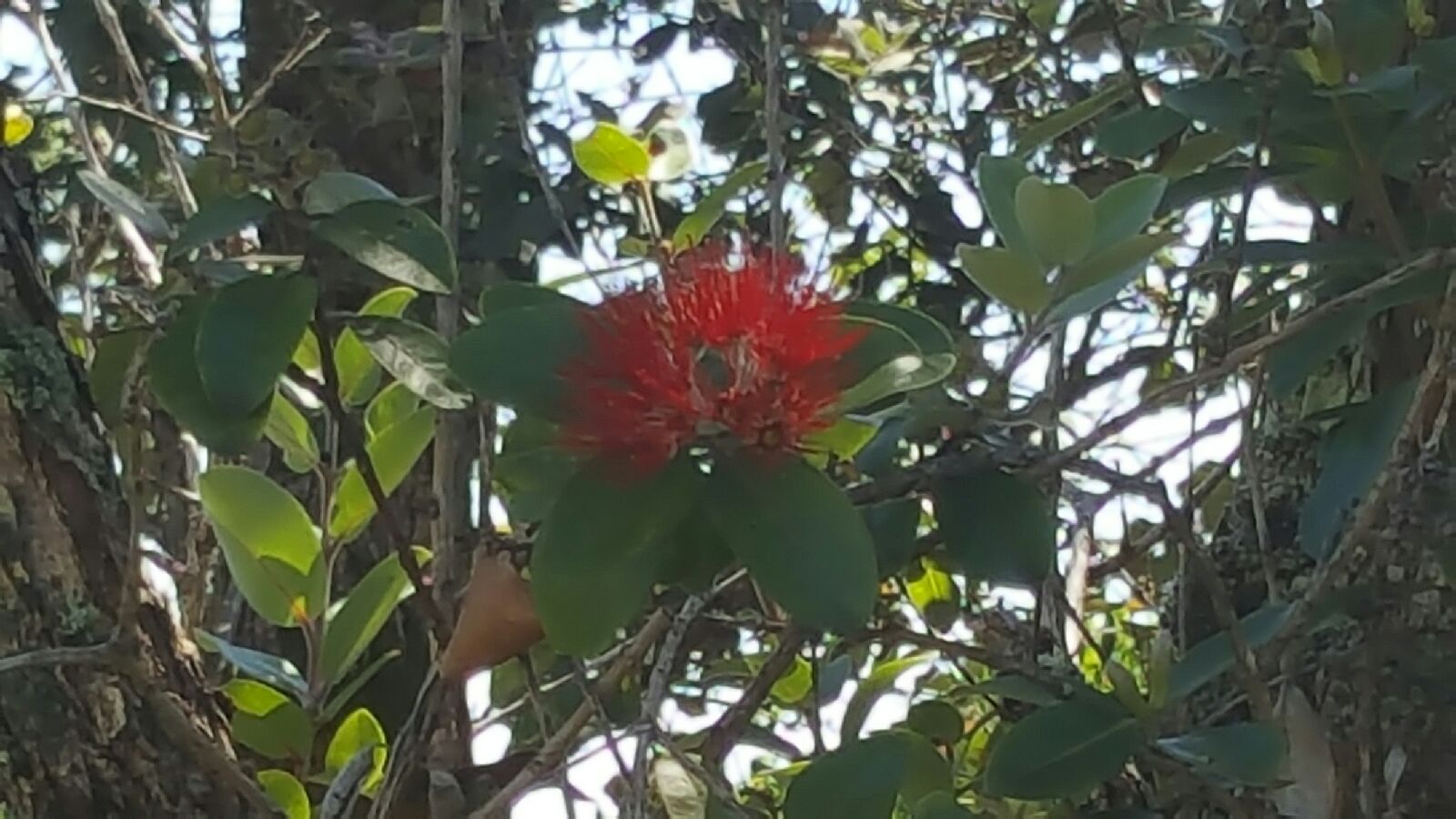
- ‘Ohi’a posts were used for building homes.
- An important plant for native honeycreepers including ‘apapane (with its bright crimson feathers once used to adorn capes and helmets of royalty) that drink the nectar found in the flowers.
- ‘Ohi’a leaves were made into a tea to treat colds and flowers were used to dull the pain of childbirth.
- By far, the most important tree in Hawaii both culturally and ecologically.
- Major contributor for capturing rainwater that feeds our watershed and aquifers.
- New leaves, flower buds, flowers, and seed capsules, are all used for lei making.
Kukui Nut or Candlenut tree:
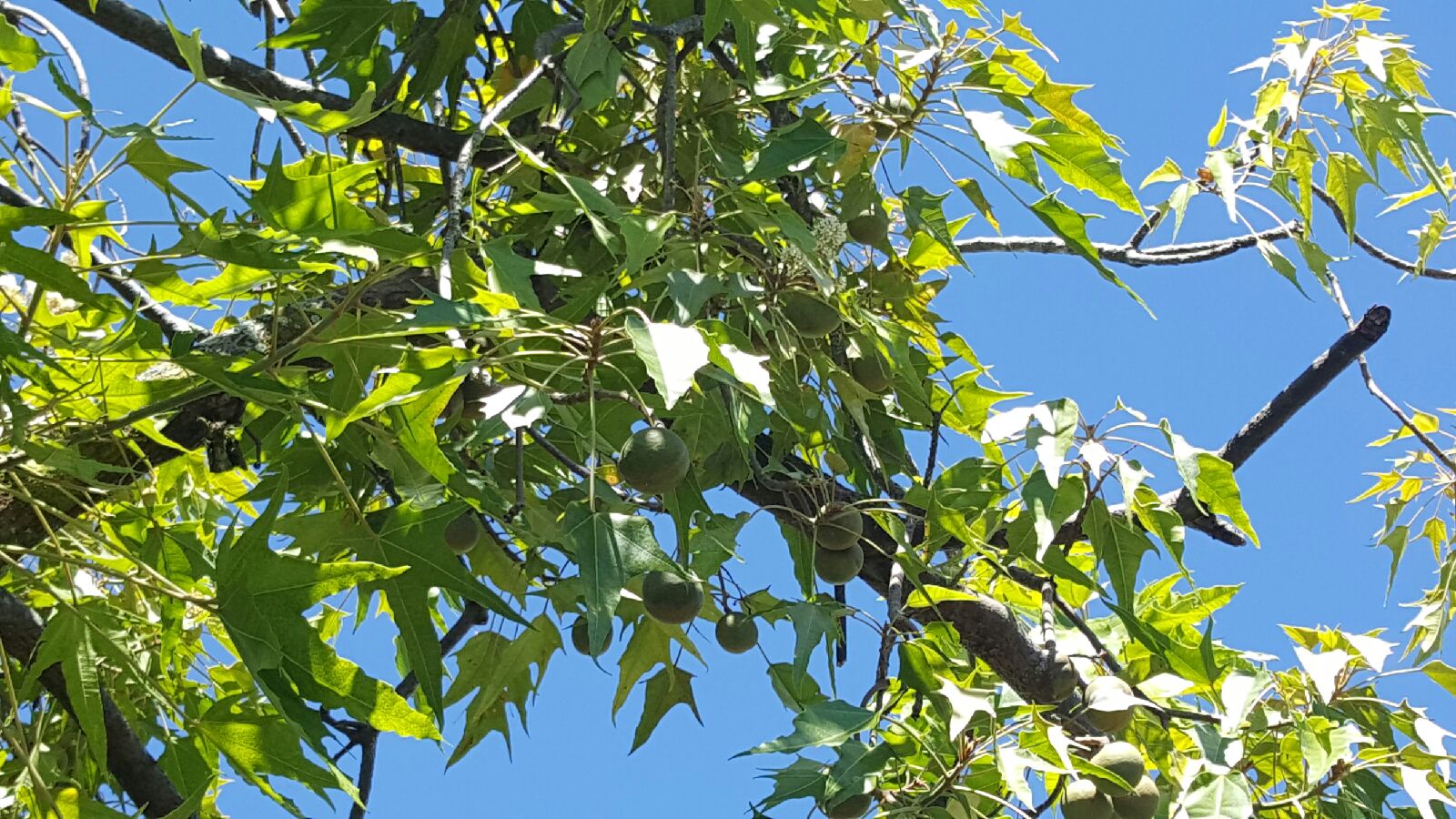
This “canoe plant” has many uses.
- Burn the oily nut on a soft stack of coconut ribs for a good torch that lasts for five to 10 minutes.
- Made into a traditional lei with polished black or brown nuts strung together.
- Burned nuts have been used in tattoo parlors for an ancient Hawaiian traditional tattoo or you can use the shells as a dark coloring dye.
- Because the oil from the nut is very rich it’s used in skin care to moisturize.
- Hawaii's state tree.
- Roasted nuts can be used to make inamona.
Ki or Ti plant:
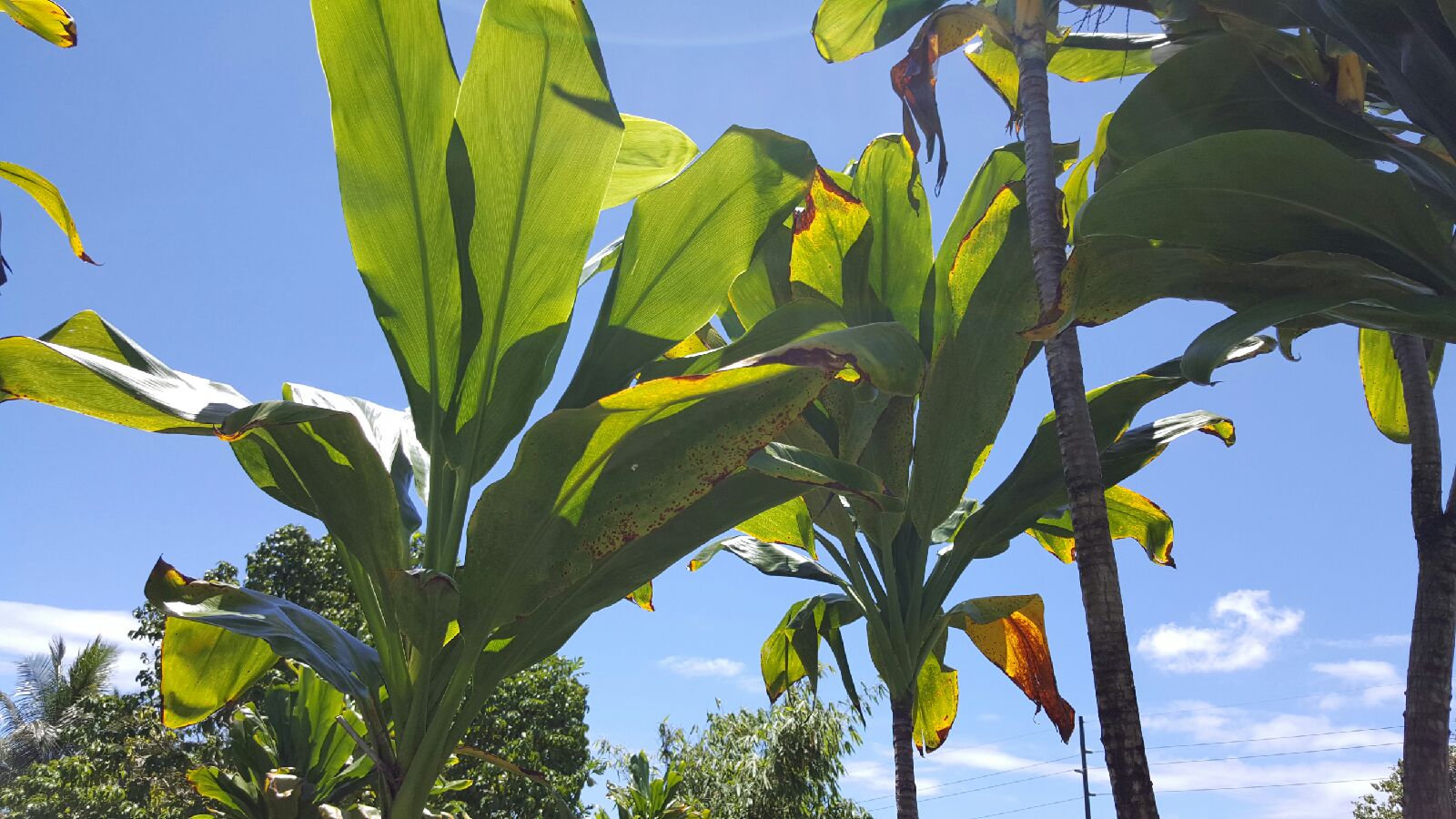
- Hawaiians used as a daily-use grass skirt for women, with kapa cloth could be used to make a malo for men.
- For laulau to wrap and steam fish and other meats. Also used as a cooking or serving utensil.
- Dried and resoaked, could be used for a thatch house.
- Used to be made into a rope, to make sandals to run across lava rocks.
- Used as a compress on an infant to reduce fever.
Naupaka kahakai shrub

An indigenous plant that probably came by ocean to Hawaii.
- This plant has a white fruit that fisherman will eat and find refreshing.
- Great to have near beaches, you can use the leaves to de-fog your goggles when snorkeling.
Pohinahina shrub:

- Leaves and branches smell like eucalyptus when crushed, and were laid between layers of kapa to keep the bugs out.
- Leaves and flowers can be made into lei.
- Used by ancient Hawaiian women as a tea when you have menstrual cramps.
- An indigenous plant that grows easily as ground cover on sandy soil, you’ll see this hardy plant on beaches since it tolerates salt and wind and likes full sun.
Niu or Coconut tree:
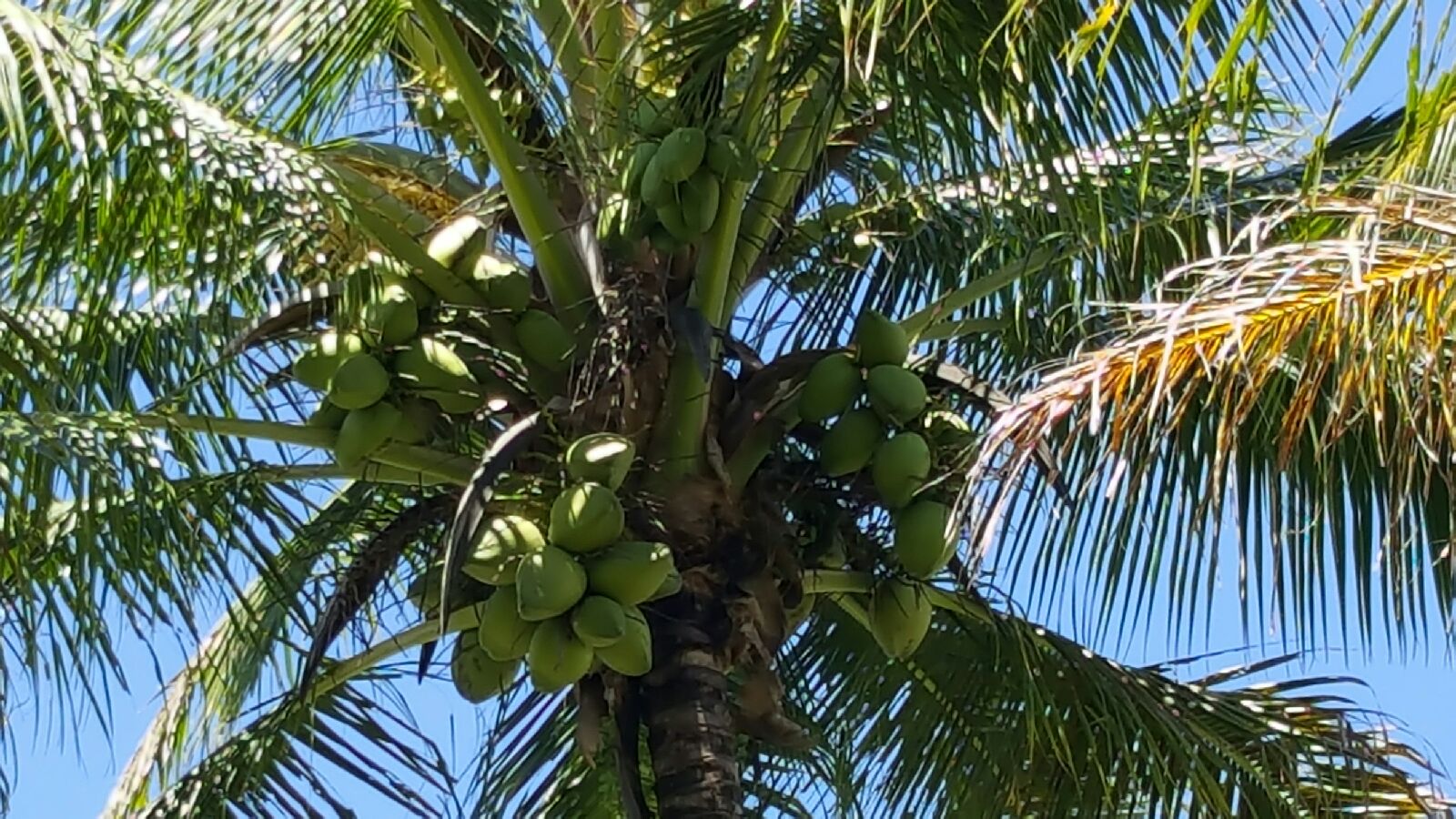
Surprisingly, a canoe plant. Also, classified as indigenous since subfossil pollen was discovered in deep sediment layers beneath the center lagoon of Laysan.
- Husk makes a great twine when braided for double-hull canoes, doesn’t stretch or shrink.
- Coconut water can be used as a drink and was used as a laxative for ancient Hawaiians.
- Coconut meat is great to eat raw or with poi. As a sweet treat, coconut is mixed with taro to make kulolo or haupia is made with coconut traditionally mixed with ground pia, or Polynesian arrowroot.
Ma’o hau hele (native yellow hibiscus)

- An endangered, endemic plant. This is the plant that produces our state flower.
- Does well in the sun, if you overwater a root rot will form.
Ko (sugar cane)
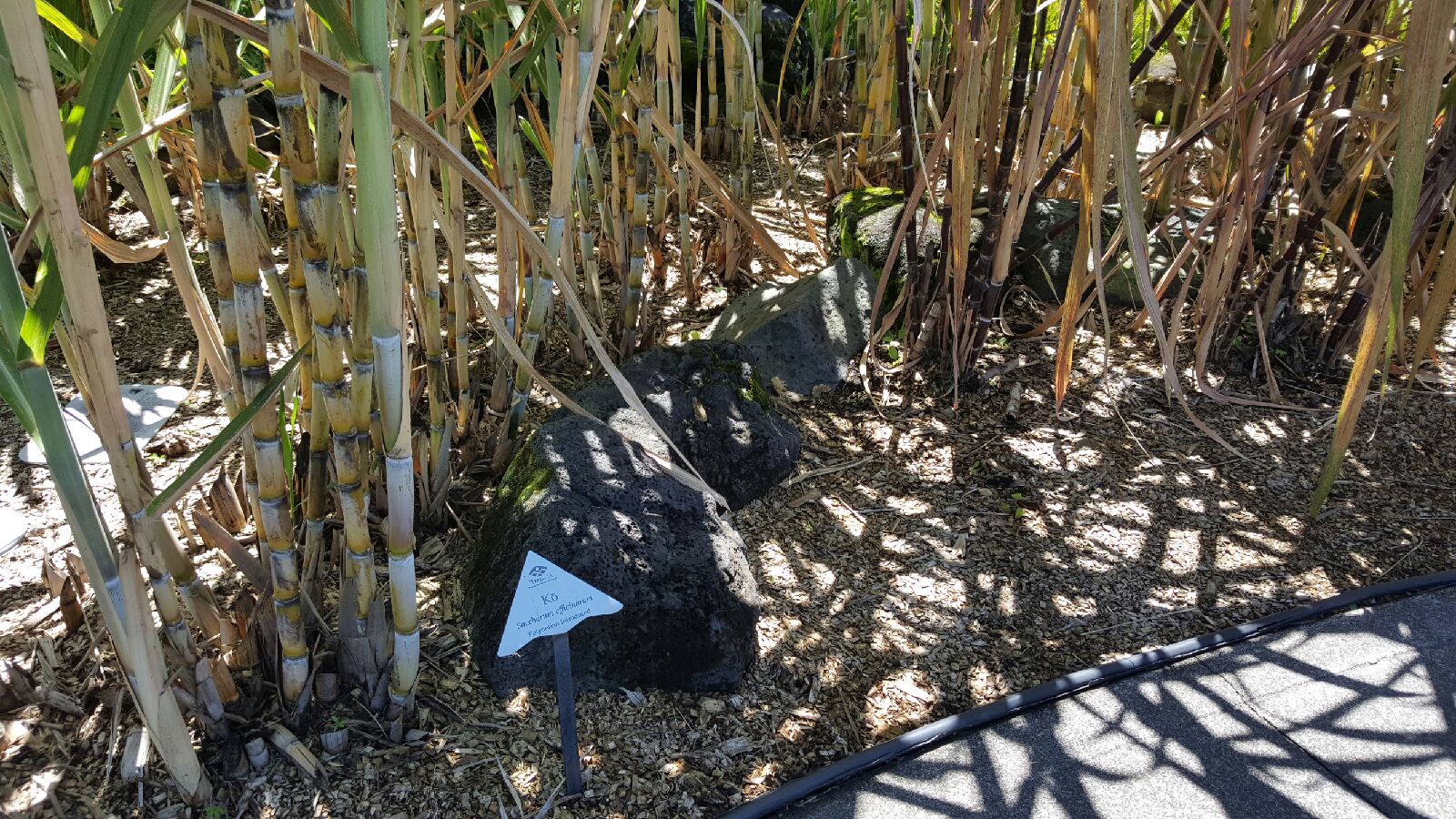
- Lighter varieties were used for everyday use. Darker varieties were used for ceremony and medicine.
- The juice of the cane can be used to treat cuts.
- Medicinally, Hawaiians would use the sweetness of cane sugar in herbal concoctions.
Noni
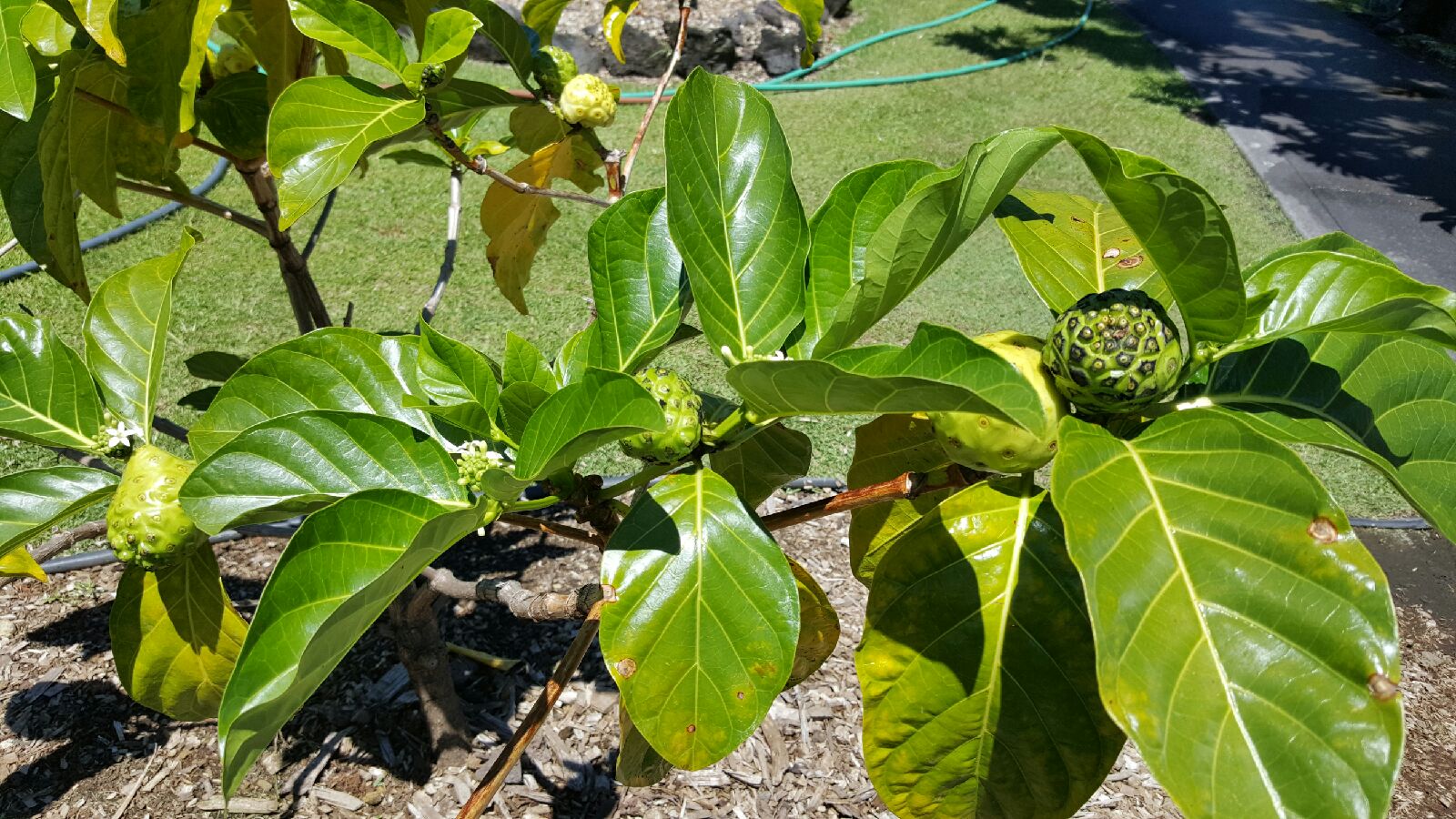
- A Hawaiian health tonic.
- Mash leaves into a poultice as a treatment for wounds.
- Edible, if you get past the stinky cheese smell!
- As a modern use, you could let the juice ferment in a jar, to be used as an augment to chemotherapy.
- Yellow dye was extracted from the bark, which could only be worn by ali’i.
'Olena

- Dies every fall and comes back in the spring.
- The ginger-like root can be used as a dye.
- Medicinally used for earaches or eye conditions (as drops).
- Turmeric, colors curries.
- If buried with poi, it preserves it.
Ulu (Breadfruit)

- Cut the tree for wood. Hawaiians used the bark to make a plank to surf across reef to check out where you’d like to land your canoe.
- Made into surfboards, sap can used for glue, highly valuable starch for areas that had difficulty cultivating taro, leaves were used as sandpaper.
- Today, can be used when you would normally use a potato in dishes, here is an appetizing recipe.
A’ali’i

- Flowers are used to make Christmas leis. Seed capsules vary in color from bright yellow to deep maroon and are highly valued for making lei.
- Easy to maintain with few pests, will grow a few feet in a year.
‘Ohi’a ‘ai (mountain apple tree)
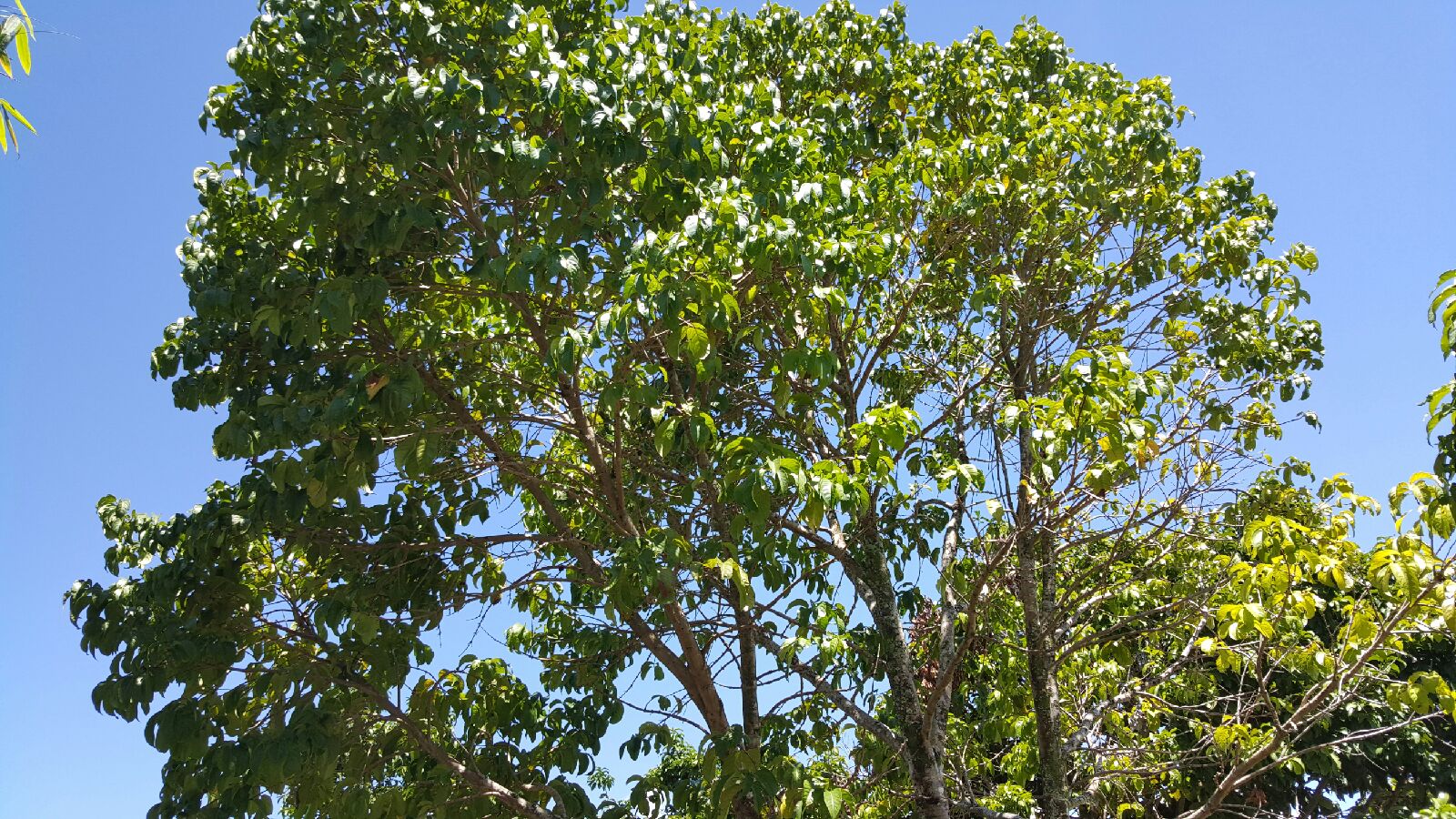
- Mountain apple tree, a delicious treat found when hiking in our forests.
- Takes seven or eight years to mature and produce fruit but maybe a good addition to your yard.
- Brought here to use as wood to pound kapa cloth and for food.
Na’u (Gardenia)

- A fragrant addition to your garden.
- Prefers full sun in cool areas or some shade in hotter areas.
- Usually you’ll see a few in a glass bowl to leave a pleasant scent in the house.
- Gardenia brighamii is endemic and endangered. It is extremely rare in the wild, is now extinct on Hawaii island.
- Fruit makes a rich, vibrant yellow and the color is actually called na’u.
- Hard wood used for weaponry, kapa beaters and house posts for ali’i.
Kalo (Taro)

- This is dry land taro at the ‘Imiloa Center garden.
- Main staple of the Hawaiian diet.
- Over 300 named varieties in Hawaii.
- All Hawaiians are descended from Haloa (Kalo), our older brother.
'Ahu'awa (Kava or Kava Kava) plant
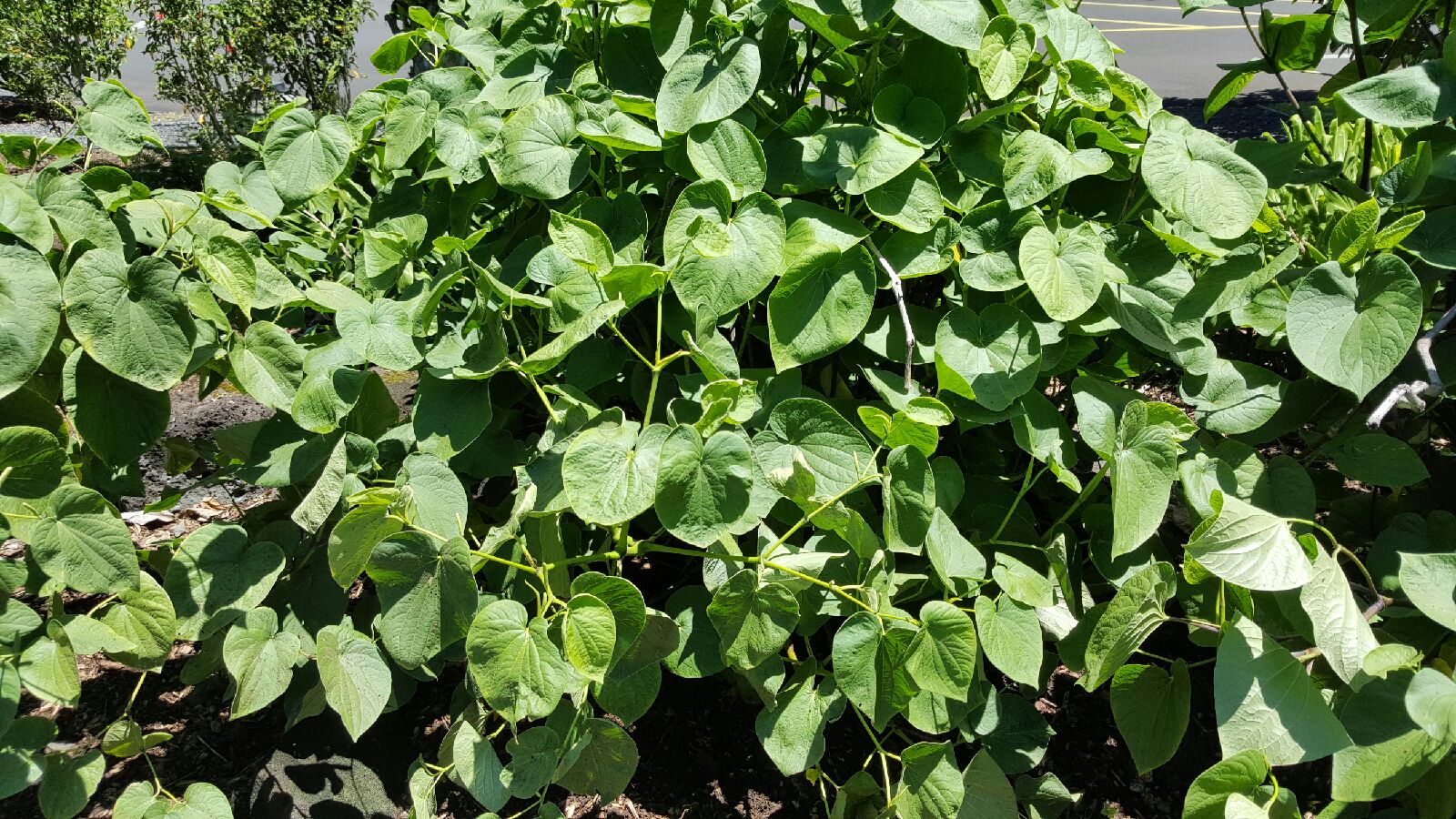
- A ceremonial plant that is also a muscle relaxant. Can be used to dull pain, e.g. after a tooth extraction. Historically, used as a daily-use drink.
- According to one abstract, kava has potential to benefit those who suffer from mild to moderate anxiety for short-term use. Further studies may be needed.
For more information, Hui Ku Maoli Ola has a guide with questions to ask your landscaper when planning your Hawaiian garden.

